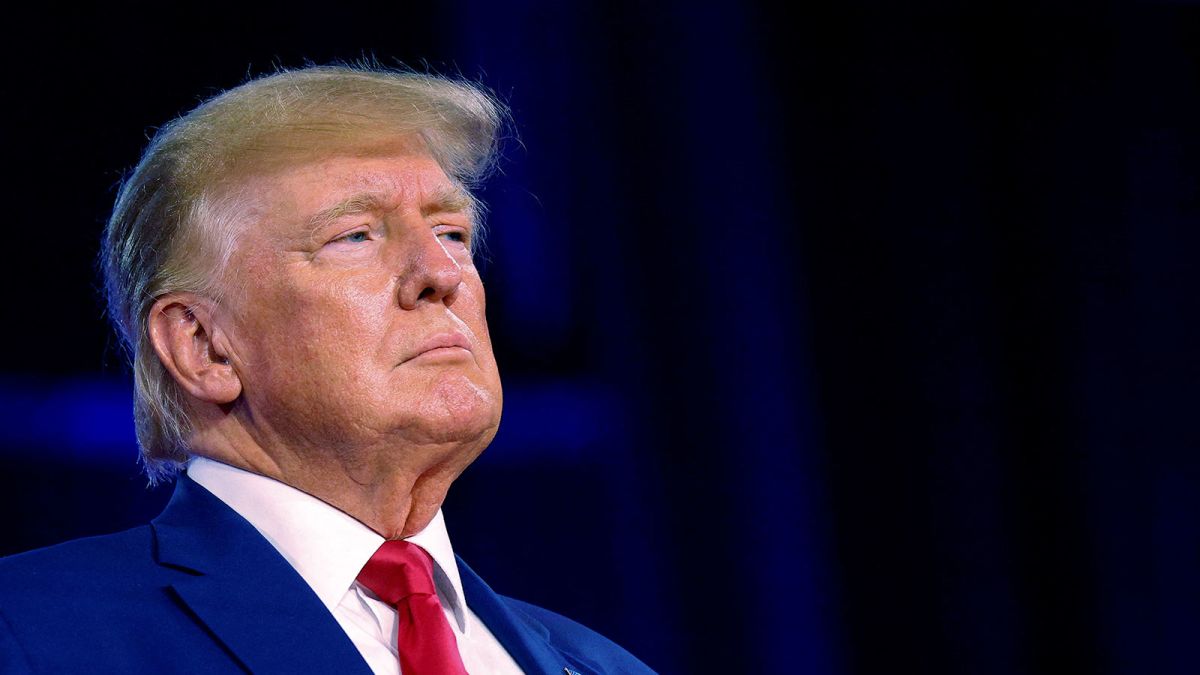Former President Donald Trump could face up to 33 years in prison after the FBI raided Mar-a-Lago, his Florida home, on Aug. 8, 2022.
The raid’s search warrant, unsealed on Aug. 12, cited three laws which the New York Times explained in a recent article.
- · The Espionage Act: “criminalizes the unauthorized retention or disclosure of information related to national defense that could harm the United States or aid a foreign adversary.” It also carries a prison sentence of up to 10 years.
- · Section 1519 of the Sarbanes-Oxley Act: “sets a penalty of up to 20 years in prison per offense for the act of destroying or concealing documents or records “with the intent to impede, obstruct or influence the investigation or proper administration of any matter” within the jurisdiction of federal departments or agencies.”
- · Section 2071: “criminalizes the theft or destruction of government documents. It makes it a crime, punishable by up to three years in prison per offense, for anyone with custody of any record or document from a federal court or public office to willfully and unlawfully conceal, remove, mutilate, falsify or destroy it.”
Daniel Richman, a former federal prosecutor in the US Attorney’s Office for the Southern District of New York, told Business Insider convicting Trump may not have been the motive for the raid.
“I wouldn’t jump to the conclusion that they’re building a case against [Trump],” he said. “I think one aspect of what’s going on, and perhaps the dominant aspect, is just the recovery of materials he was holding was a violation of the law.”
The New York Times also said, “one person briefed on the matter said [these materials were] related to some of the most highly classified programs run by the United States.”
While the classifications hint at the sensitivity of the documents recovered from Trump’s home, whether or not they were classified is another matter.
Classified materials can fall into one of the following escalating categories: confidential, secret, top secret, or S.C.I. which stands for sensitive compartmented information.
Although several reportedly classified documents were recovered by the FBI, Trump’s office claims he had a standing order during his presidency declaring materials “removed from the Oval Office and taken to the residence were deemed to be declassified the moment he removed them.”
Dr. Trey Orndorff, Associate Professor of Political Science at Oklahoma Christian University, commented on the plausibility of those claims and what it implies for the motive of the raid.
“One of the things that was effectively thrown out is that there’s some kind of classified material that the former President has,” Orndorff said. “Presidents can unilaterally declassify all information; they are considered the ‘prime classifier.’ All classifications stem from him. So, theoretically, that [Trump’s claims] could happen.”
Orndorff added: “That probably means the crime under the Espionage Act that’s being done isn’t just having the material, but rather the dissemination of things that you can do whether or not you’ve even unclassified it.”
This raid adds to the list of ongoing investigations into the former president, including whether Trump attempted to interfere in the Georgia election in 2020, an investigation into his business practices and the well-known ongoing investigation of the January 6 incident.
Trump has responded to the raid, calling it a “weaponization of the Justice System.”
Orndorff calls it a good precedent.
“This is a little controversial, but I think it is good that ex-presidents can have warrants executed against them because rightly or wrongly, that indicates that legal proceedings are not on who you are, but on fairness,” Orndorff said. “So, I’m happy to see, whether we think it’s a good one or a bad one, there is not going to be a situation where we say ‘oh, we can’t do that because this is a president or a former president.’ I think that’s a positive precedent.”












Be First to Comment